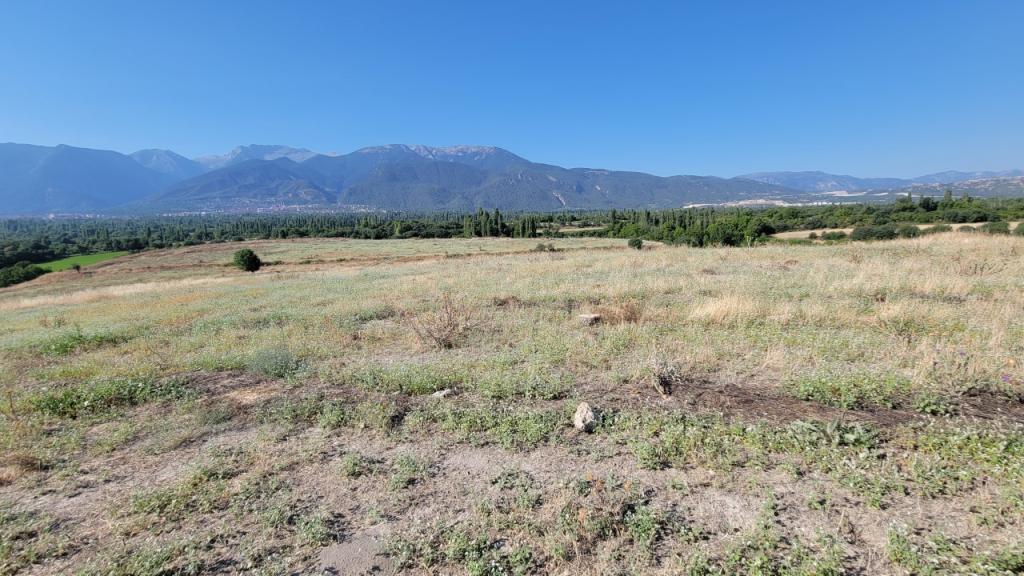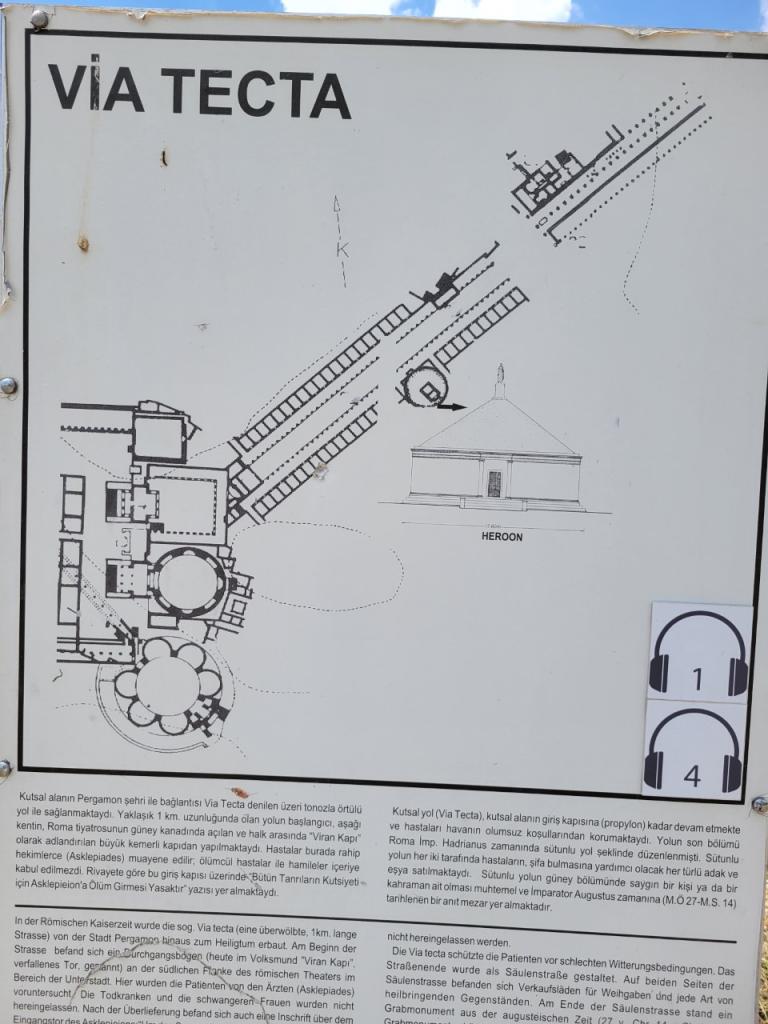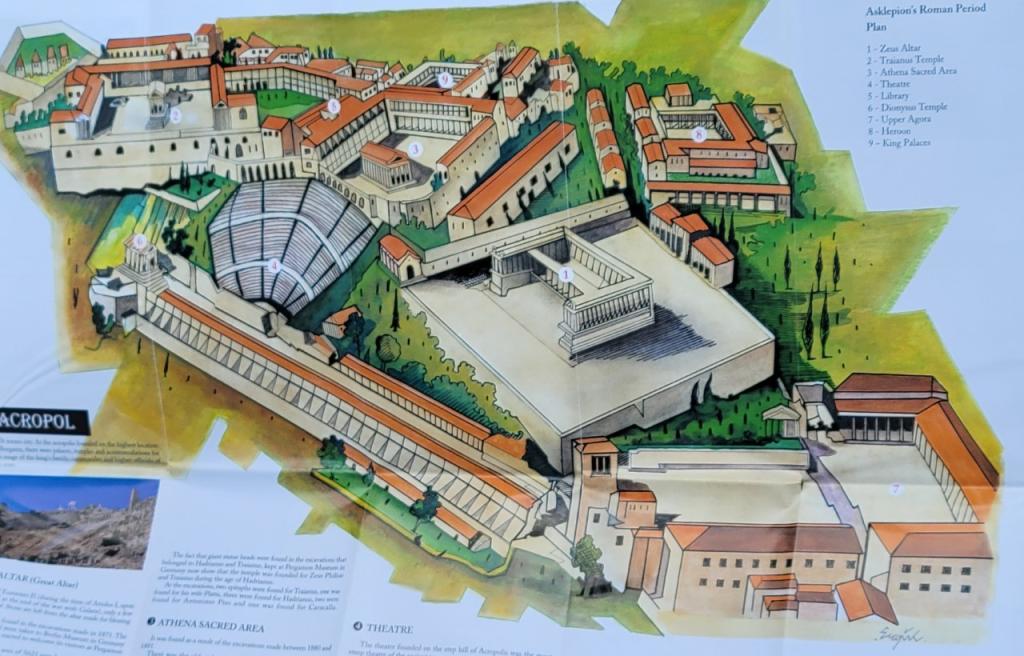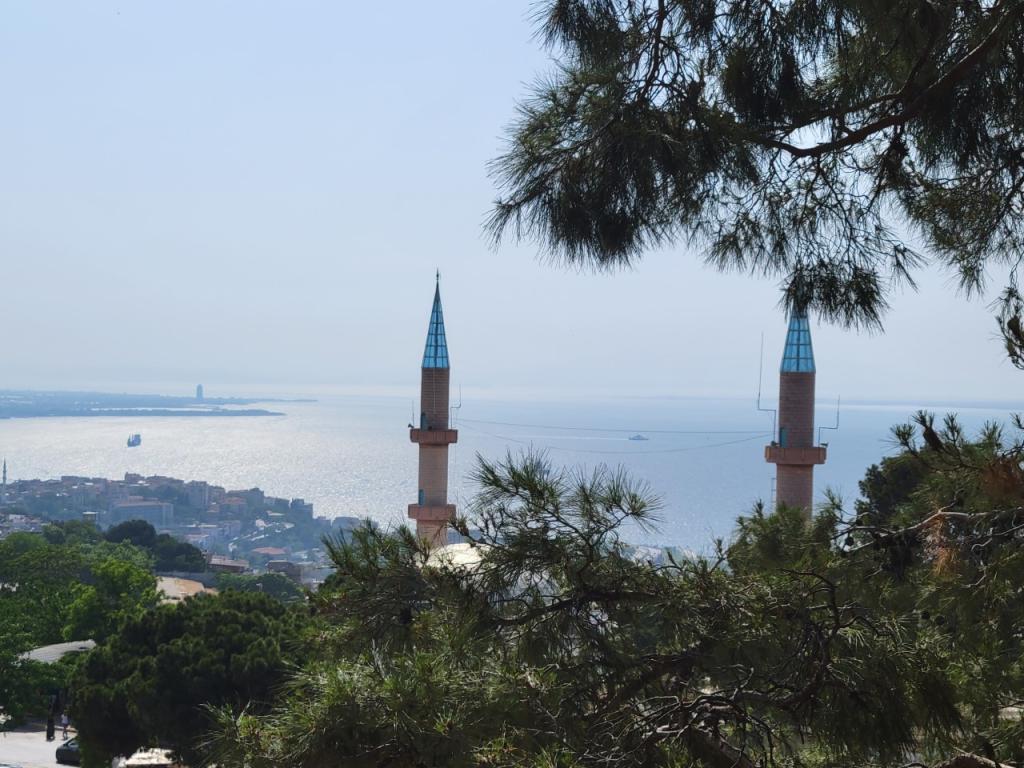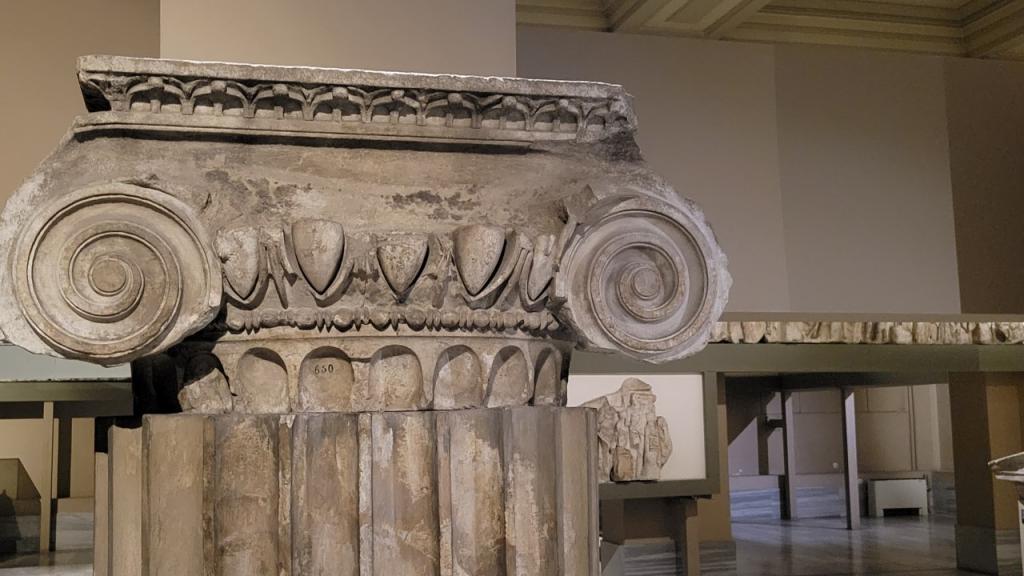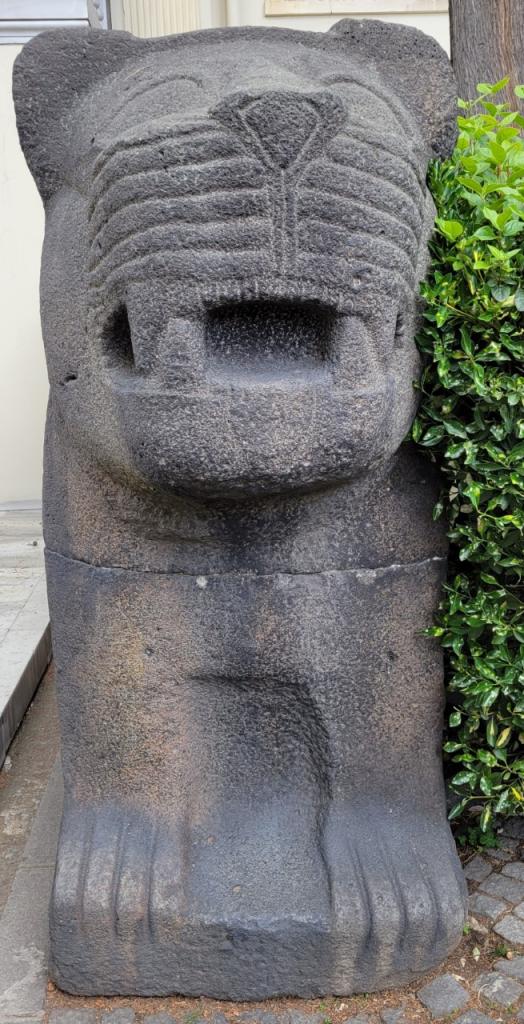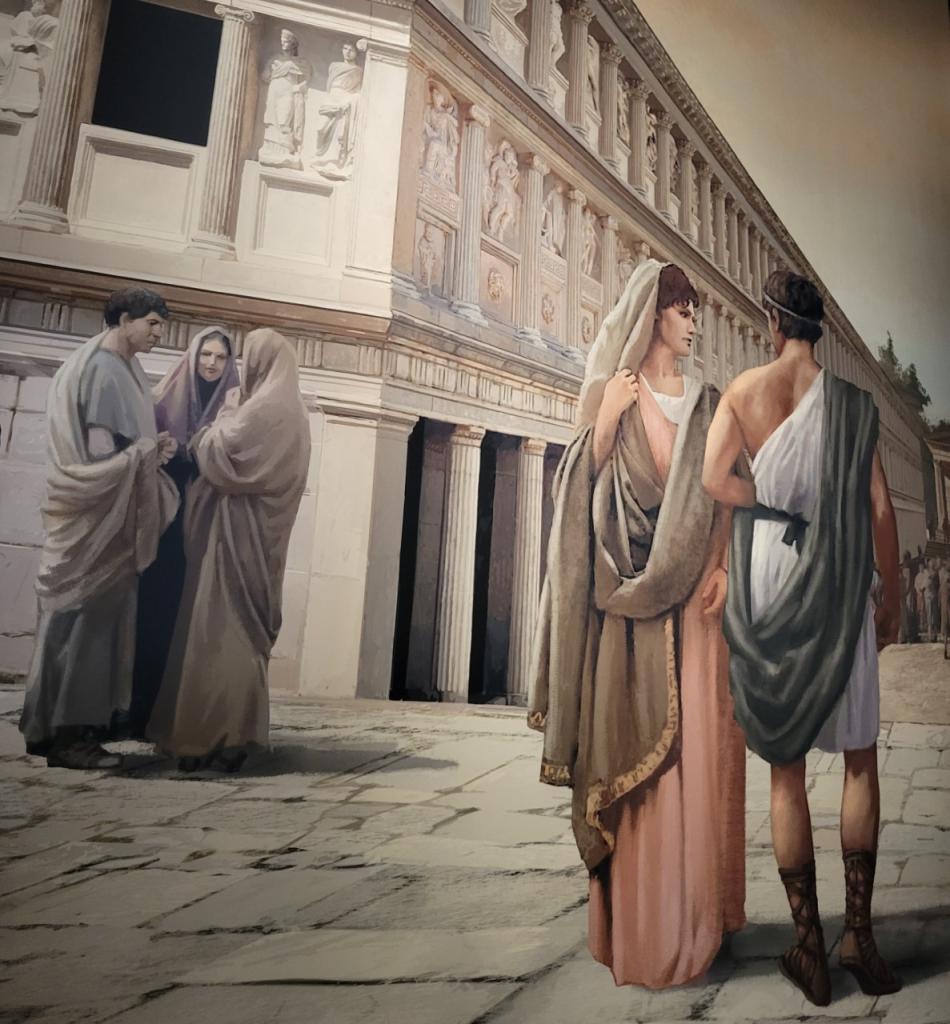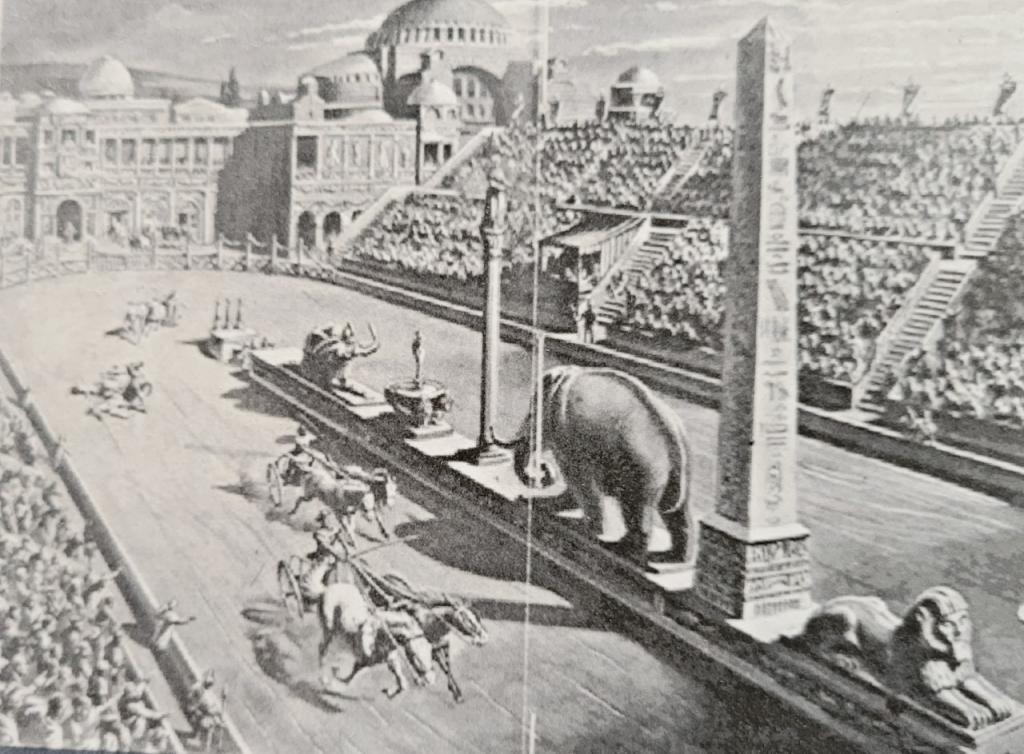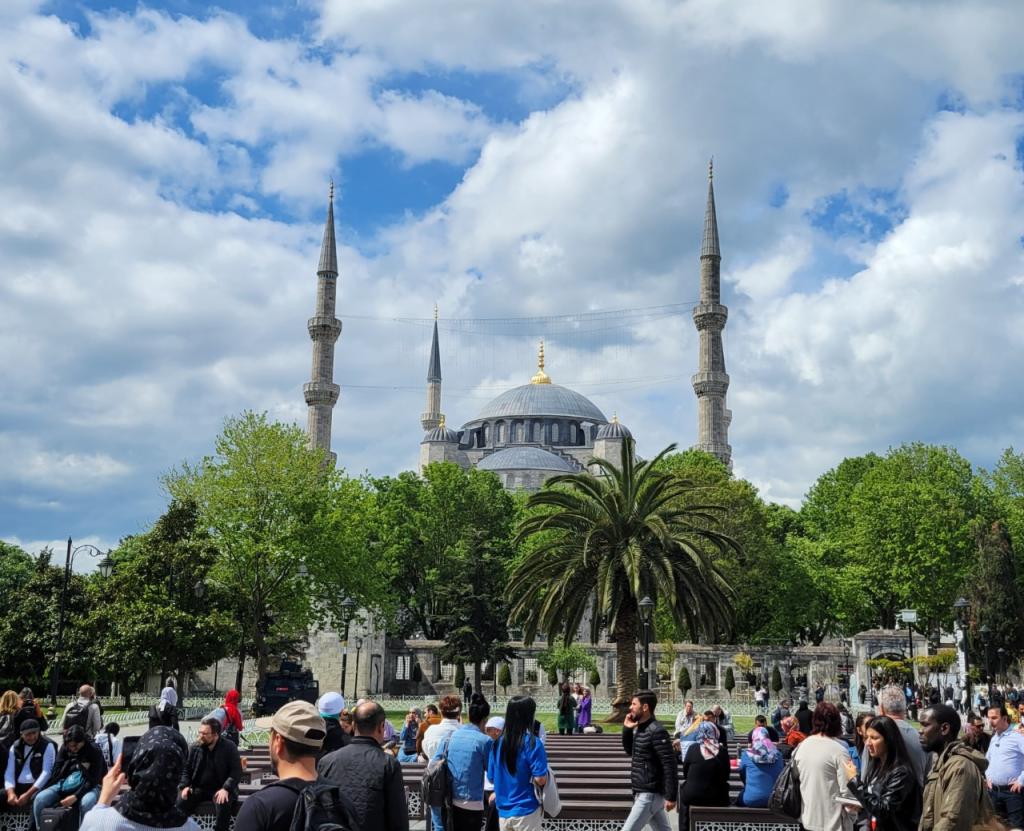Some of the seven churches of Revelation really provide us with little or nothing to see in the present (e.g. Thyatira and to lesser degree Philadelphia), but Sardis is a different story, and we will consider it in this post. Like so many of these cities, the reason we find it out in a field and not close to any real city is because of the earthquakes which destroyed or severely damaged so many of them that they were eventually... Read more


